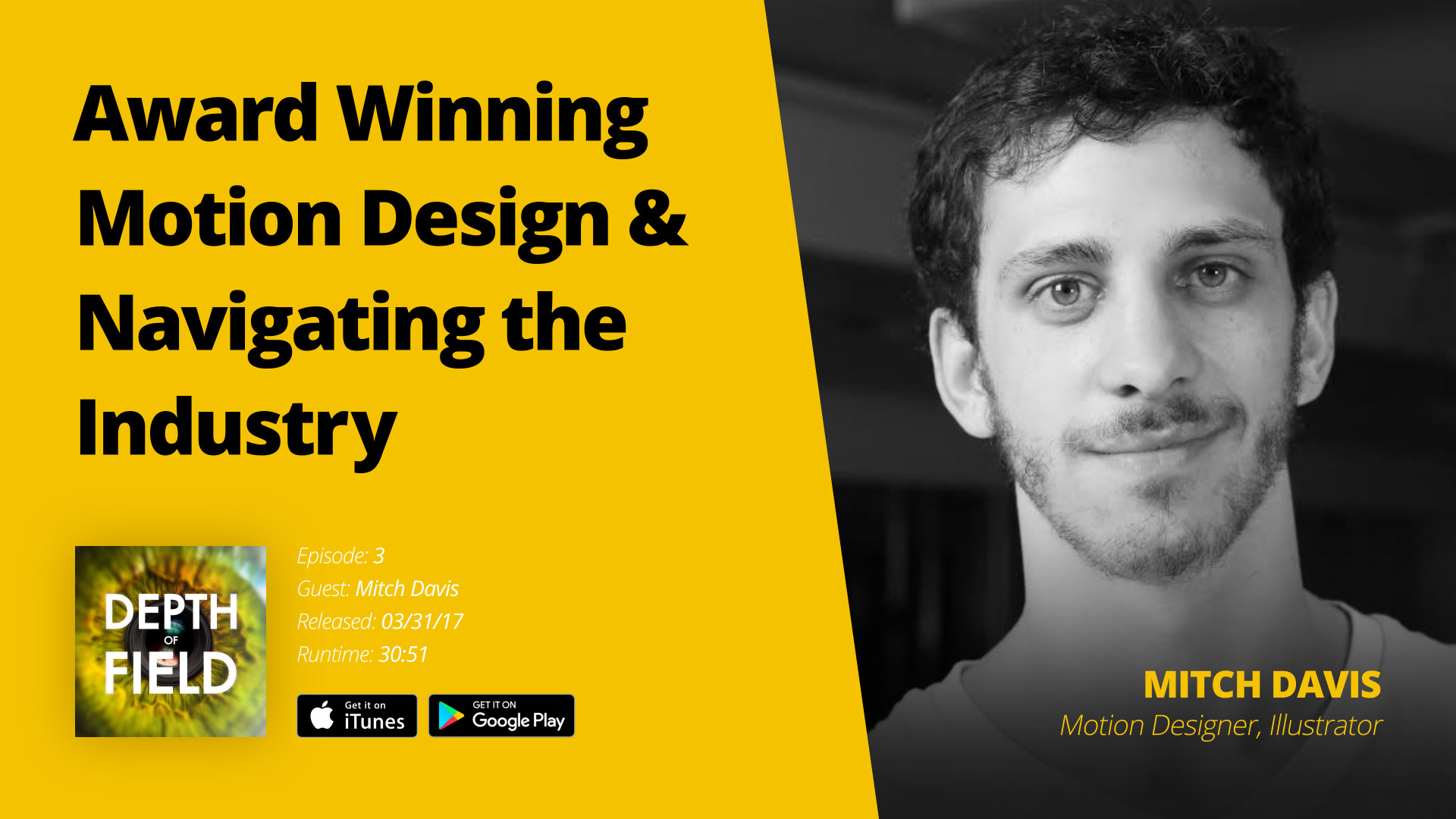
Listen in as we discuss the motion graphics industry, navigating a wide variety of projects with different clients and how to maintain your creative energy.
Related Links
- Mitch’s Portfolio
- Mitch on Dribble
- Work Sample: QPR Institute | About Suicide (Award Winner)
Welcome
Adrian Thompson: Well, we’re here with Mitch Davis, a very talented, award winning motion designer, thanks for joining us,Mitch.
Mitch Davis: Hey, Adrian, thanks for having me on, man, this is awesome!
Adrian: It probably sounds really weird to be called an award winning motion designer, just because it’s so new, but I think you should be milking that.
Mitch: [laughter] Thanks! Thanks.
Adrian: Well, before we get into that and the project that you won an award for. Let’s just talk a little bit about how you got into motion graphics.
Mitch: So, I’m from Spokane Washington and I went to design school here after realizing that the movie industry is not what I wanted to be apart of. I spent some time as a production assistant, things like that, doing the “on set game” and… it was hell.
Both: [laughter]
Mitch: I had a choice, you know, 60k to go to film school or kind of take a different route and design interested me. So I went to SFCC here in Spokane and I took a year of design school, and they, at least in that program, they have you switch off on your second year and choose either web or print, and I was like, “I want to do video! There’s nothing for video here.” And so, that was kind of what led me to taking online courses which is pretty much how the majority of motion graphics people learn. They say they get their diploma from Google University and stuff like that. But it was great, I basically just treated that year like it was another year of school, but just did it online, when I wasn’t working. After that I got a job at a studio in Spokane, worked there for 4 years and their more interactive so I did a lot of games and things like that. It was around the 4 year mark I started realizing I really enjoy doing video, those were always my favorite projects and I realized I could do it myself so, that was when I decided to go freelance and more or less tried to start my own studio, just one man and my wife Jamie helps with that. It’s been going 2 years now, full-time and it’s been great.
Adrian: Very cool. So what do you like most about motion graphics, because it’s a very, it’s kind of a high barrier to entry industry and there’s a lot of things going on. What drew you to that medium specifically?
Mitch: Well, it’s kind of, I feel like it is that branch, like I was talking about, after a year of design, motion graphics and design are kind of one in the same in my mind. If you’re just a designer you’re often designing for motion, and if you’re just an animator you’re often working with designs, and changing designs, so it really is, I guess, one in the same industry. And so, I’ve always been interested in art and I think that’s why I kind of went to design. I wouldn’t even say I’m necessarily passionate about motion graphics, I’m passionate about animation and I’m passionate about design because the things you can do with it, the things you can create, the emotions you can make people feel, things like that, are really kind of the driving force for wanting to do creative projects and so, motion graphics is kind of an offshoot of that. It’s kind of the modern ages approach to handling animation and the majority of content you see in that industry. I think that’s why I kind of fell into that.
Adrian: Cool. So you don’t really view yourself as a like, the label, “motion designer” you actually do view it as a medium, and I see that with your website, you brand yourself as an illustrator and designer but you definitely are using it as a tool, you don’t think of yourself as like, “I’m just a motion designer and that’s why I’m going to be focusing on for years and years,” you kind of are just utilizing it because that’s what’s effective at telling the stories right now.
Mitch: Exactly. And I think that’s the thing that will carry over into anything that you do. It’s the creative process in general and the messages that you’re trying to send are what will transcend any medium. So yeah, right now motion graphics is insanely popular but tomorrow it might not be, yeah, I think as long as you’re carrying the principles along with you, then yeah, that’s where my interests lie.
Personal Projects
Adrian: Awesome. Do you spend any time working on personal projects, or is it mostly client work these days?
Mitch: Oh, I wish! Yeah, my wife and I have had cartoon idea that we’ve been wanting to do for a long time and it sounds terrible, just that we’re kind of half heartedly working on it, but I think that’s the extent of my personal work and certainly the goal is to get closer there. It’s like, you really have to choose how you spend your time and God forbid you might want to just relax every now and then, and just chill instead of work. It’s certainly lighting a fire under me, because I see as people get older those dreams kind of fade away. You know? There dreams you’ve have since you’re a child, so they’re not ones you easily let go of. I’ve certainly seen a benefit to personal projects, even if they don’t have an attachment to a mountain you’re trying to climb or anything like that. This last October I took part in Inktober for a bit, which is just where you practice ink drawing everyday of the month of October and I spent everyday that I could drawing movie posters and all the main characters faces were replaced with butts.
Adrian: Yeah, that was hilarious by the way.
Both: [laughter]
Mitch: Thank you very much. It was ridiculously fun. Such a fun thing that made me laugh while doing it and that’s kind of rare in a lot of creative stuff when you’re working for someone else or what not. So, that was shortly before October, I was like, “You know what? I’m just gonna spend October drawing butts.”
Adrian: Well, the good news is, based on your portfolio you’ve been able to work on a really wide variety of styles and it seems like you do end up having a lot of fun that you’re making even though it’s client work.
Mitch: Yeah, yeah. I agree and I think that can be a blessing and a curse, and I know we’ve talked about this, but when a new project comes in, I just get this attachment to it and I get passionate about it and that’s kind of what drives me but it also is kind of, it can twindle: your passion for a project. It’s just this weird, I guess muse to have. As a creative, you seem more like a routine person where you are pretty organized and strict with yourself about what you do and it gets you to where you want to be creatively, which is something I’m more interested day by day because I’ve always kind of been by the seat of my pants, get excited about something and then near the end of the project if your excitement is dwindling it’s really hard to finish but it’s really the most important part, is to finish.
Creative Energy & Process
Adrian: Let’s talk about that a little bit: how you go about starting a project and what it’s like managing that excitement and then harnessing it into actually doing the work. Do you have any specific routine, or do you always start a project in the morning or between certain hours? Are you a late night worker? What does that process look like, in terms of launching a project from that excitement phase to jumping into doing the work?
Mitch: I think starting is the most important part, in that I, when you concept you’re trying not to redo the same thing that’s be done, or get too close to things you’ve already done. So, for concepting I try my best to just get out of the motion graphics world, to get out of the design world, to get off Dribble and Twitter and Facebook, Pinterest and all that stuff and try to find inspiration somewhere different. Which is hard, everything’s been done and everyone says that and it’s true but we also all have unique voices and so it’s just best to get stuff from somewhere else. You know? Whether that be video games or nature or music or what not, I think it’s important to try and draw associations from other areas and so that’s really the most important way to start a project for me: is talking with the client, understanding as much as I can about their product or service or film or what not and then just trying to grab inspiration somewhere else and have their voice be heard in a unique way. The biggest thing I thought when I started is, “I don’t want to saturate the already, like, crazy overpopulated creative market,” there’s stuff, there’s like incredible videos that are a copy of a copy of a copy, it’s like, “Well, this has already been done 3 times, but it’s still great,” and so if you’re trying to push the envelope and put your best foot forward, why do it on something that’s not that unique?
Adrian: Let’s talk about this video that you made on suicide prevention, which, I mean there’s a lot of unique styles going on, even in that video on it’s own, you didn’t stick to just one visual style you kind of incorporate cel animation, you kind of incorporate characters and environments at different angles and point of view sequences and it was really cool. What was it like working on that type of video with such creativity going on with the visuals but it’s also a very intense subject matter?
Mitch: Oh, well first off, thanks man. That was the longest production schedule for a project I’ve ever worked on. It was kind of off and on. I finished a lot of videos during it, but the video from like concept to finish was about 8 or 9 months, so it was just on my plate for… forever, and we certainly had some flexibility on it, so I felt like it was a good chance to stretch and do something a little bit different where I’m trying out different things. So that’s where all those different aesthetics came from.
Adrian: Did they give you any direction or were you just kind of leading this creatively?
Mitch: So I worked with a studio in Spokane called Treatment, and QPR was their client and so, they developed the script along with QPR and then I worked with Benji Wade from Treatment to do the storyboard process, and so, from storyboard on I had pretty much total creative freedom and then, you know, during each stage we’d talk and kind of figure things out. It really was both of our baby, it was like we were taking care of a baby together [laughter] for that time. It’s kind of ridiculous. We put a lot of care into it. At the same time, it was definitely a lot of pressure, because originally the plan was to have extra designers on it and things like that, but it just kind of all ended up being me.
Adrian: Well, if I didn’t mention this in the beginning: this is the video that won the Addy Award and we’ll post a link to it in the show notes so everybody listening can watch it, definitely worth it.
Corporate vs. Entertainment Work
Adrian: Moving on to another thing you did, which is a little more lighthearted, is the TV introduction of the show Z-Nation which is really cool, involving zombies. What was that experience like? That must’ve been totally different.
Mitch: Yeah, and I don’t get the chance to do stuff in entertainment a lot, but this had to have been one of my favorite projects I’ve ever worked on. I’ve talked about this to other people in production on that show, but I’m like insanely to be working on it. Not that it was necessarily easy project, but it’s just: people work on these franchises for forever, like sometimes, I don’t know much about this particular TV show, but when I was working in movies I remember working like 16 hour days at times.
Adrian: Wow.
Mitch: I remember being on production where people would, other production assistants would fall asleep on the drive home. It was just, I don’t know how people do it. It’s an insane lifestyle and I feel like you kind of have to be a thrill seeker for it. So here I come in, I’m just one guy working out of my basement and I get the luxury of working on it for a time and still being able to be apart of the project. It almost feels like I’m just stepping in and posing as another member, and when I worked on Season 3, a director of an episode I worked on invited me to set, so I got to meet some people and go to the premieres and things like that. It’s cool to have work that’s on television and things like that. I’m working directly with showrunner Carl Shaeffer of Z-Nation and this is someone who’s spent their whole career just getting up to showrunner, the top position of running a show and there’s so many steps you gotta go through that. It was kind of an odd thing to be there but it’s beautiful when you specialize in something, people come to you for that thing, be it title design or what not, and I think that’s a luxury that’s just really awesome. I feel blessed for that, honestly.
Adrian: In the last episode, we talked to a visual effects artist and he was telling us: when he’s involved in movies versus corporate work he feels like such a small piece, whereas in the corporate world your contribution is actually much larger and people are looking to you. Would you agree with that statement? Do you feel the same way?
Mitch: Yes. At least on the things I worked on. Definitely.
Adrian: That makes sense.
Mitch: Yeah.
Adrian: There’s just more people involved with these entertainment type projects.
Mitch: Yeah and it’s a different too. I feel like there’s an insane back and forth and there’s an insane amount of attachment and ownership, people taking ownership as far as they try really, really hard to put their best work out on everything. In advertising there’s just so much content being put out there that it’s very hard not to do cookie cutter eventually. So, I see that happen a lot more. It’s probably safe to say that the more crazy, intense, unique stuff that steps out of bounds is coming from entertainment.
Experiences with Studios & Paperwork
Adrian: One thing I didn’t know if we were going to talk about but not it just seems like we really should, was our experience working together under Modio. It doesn’t have to be a secret, we obviously work together on a lot of projects over the years.
Mitch: What!?
Adrian: You don’t remember? [laughing] You obviously are working with other studios and you manage your own clients, so you have a unique perspective especially to me, somebody’s who’s only seeing the Modio perspective. Based on my experience in the industry, and I think you would agree, is that what we have going in terms of our small team and consistency, it seems like a rare thing, in terms of you guys aren’t employees, we’re not all under the one roof. Yet, we’re still a loyal team always working together. I’m curious to hear about your experience working in that scenario with me and Modio and then your experience with other studios and what you feel about the industry in general from that kind of perspective.
Mitch: Yeah. I think that the way Modio is setup, that is: hiring freelance creatives who have the freedom to work out of their own area is the way to go. I think we’ll be seeing more and more and more of it.
Adrian: Yeah, agreed.
Mitch: I worked in a studio for 4 years and it was a great studio, I thought they were great at what they did. There’s something that the studio, or agency, dynamic that’s a little weird to me though. I don’t feel like you’re as true of yourself, you’re as genuine, it’s just harder to be if you have a ton of people in a studio and you have these very obvious: who’s above you, who’s below you and things like that. When you’re a freelance creative, working for a company, it’s so much easier for people to feel equal and honestly, it needs to be that way if you’re in a creative setting, I think. It doesn’t need to be like, everyone’s equal, equal pay, equal title and stuff, it’s just that people need to respect each other the same amount. I think that works perfect with the kind of system that Modio has setup and I really enjoy having that kind of freedom and things like that.
Adrian: So an example of something that we’ve done, I like to provide you guys with a Statement of Work, and the only reason I like to do that is because I want to take those type of things off your plate so that you can actually focus on doing creative work. What’s your experience with other studio’s, do you have to provide the Statement of Work or do they do the same thing? I’m curious how that experience is in terms of setting up the agreements, because I know this is actually a pain point for a lot of people in the industry. The client comes to them and their like, “Okay, do we have to write this down and agree to all of this?” It’s not common knowledge for creative people to know how to do basic agreements and stuff like that. So what’s your experience been away from Modio?
Mitch: No, you’re absolutely right. And I really appreciate the SOWs because it’s my least favorite part of the job: is legal and accounting. [laughter] All those do keep you away from doing what you consider your top skill. You’re trying to be a craftsmen at something while still being asked to answer emails and sign this. I’d say with most agencies I have to provide my own paperwork. Sometimes I don’t, which is awful, but when it’s directly with clients it’s always providing my own paperwork.
No, I think that’s brilliant. If you’re hiring a specialist, yeah, you just want them to be doing what you’re hiring them to do, so I think that’s brilliant. I really appreciate that. That’s how I hope to do it for hiring freelance professionals too.
Changing the Motion Graphics Industry
Adrian: If I was going to ask you the one thing that you dislike most about the motion design industry, would it be that or something else that comes to mind?
Mitch: You know, I was trying to think about it. There’s not a lot to dislike about the industry, and I definitely want to be as transparent as possible because I hate when people are too guarded about the industry their in out of fear. The only way we’re going to get better is if we talk about the bad stuff, but it really is one of the more tight knit communities where anytime I’ve reached out to professionals, like way above me, about for advice or creative consulting or anything like that. People are always transparent about it and always willing to help and it’s crazy. You have people that have been in the industry doing movies and stuff. I reached out to an animator who animated on Space Jam and got a response instantly. It’s hard to complain. There is one little nitpicky thing about this industry that bugs me: hand drawn, like traditional animation that’s kind of being add more and more to motion graphics videos and they refer to it as “cell animation” which to me just feels like a huge disservice animators back in the day who actually animated on celluloid and like frame by frame painted on the backs of them and things like that. If there was one thing I could change that was nitpicky it would be, “Stop calling it cell animation!”.
Adrian: Do you encounter many new animators in the industry? Or, let’s say there’s some people that are kind of just starting in their motion design career, what would you tell them as a common mistake to avoid or, you know, something they should be aware of as they start their journey in this?
Mitch: Try not to focus too much on the technical would be my main advice, because everyone is worried about what software people are using and obviously you should be up on the industry standards, but people focus to much on limitations of software and that’s yet another great thing about the motion graphics community: how full it is of people who are answering questions or solving problems that Adobe maybe should be. [laughing] But it’s like, Adobe couldn’t possibly. Everybody has, you know, their way they want to work through the creative process and so there ends up being all these workflow tools that work for everybody and that’s great, so I would say don’t worry about the technical too much because you’ll solve that on the job. That’s on the job training right there, but what you want to start with so that you’re not learning bad techniques is Gestalt Design Principles, the 12 Principles of Animation, take some film classes to learn about things like composition and framing and timing. Kind of take those 3 pillars: design, animation and film and have that be your core. Chances are if you’re in this industry you’ve already been inspired your whole life by cartoons and movies and films and music, so that again adds to your voice that’s gonna come through; so don’t focus too much about soaking everything that’s on Vimeo Staff Picks. Don’t focus on using all the right scripts and stuff yet, because that’s going to come as you go. I think that makes it a lot easier and I think we’ll start to see less and less people where their portfolio is filled with Andrew Kramer tutorials, which is great that’s how I started, but if you want to not oversaturated the market then focus less on that and more on the creative process.
Most Challenging Obstacle
Adrian: What would you say is the most challenging part of your career so far to get you where you are? What’s something difficult you had to walk through?
Mitch: Hmmm….
Adrian: It could be a particularly bad project that was with a super detailed oriented client or just a deal gone bad, or not getting paid. What’s a point point like that you’ve had to walk through?
Mitch: Well, it’s like, what can I talk about that won’t get me in legal trouble?
Adrian: Well just don’t say their names and you’ll be fine! [laughter]
Mitch: Yeah, when I first went off to start my own studio. Because that’s what I originally tried to do: I wanted to start a studio with the hopes of hiring people down the road and things like that but just trying to develop intellectual property and again one of my main goals was to make a cartoon and so just kind of a down the road goal was to start a studio and do freelance at the same time.
Well, I came up with the name, submitted for a Federal trademark… waited six months for the limit and the date it was suppose to go through and a company told me if I continued to file for that that they’d sue me. And the name, this is a company in a totally different industry, different name, but you know I spent about eight months stressing about that and it ended up, I just had to give it up anyway. Yeah, that’s absolutely the worst: any sort of legal thing, any time you can emails makes your heart race and stuff, again it’s one of things that keeps you from doing what you want to do.
Yeah, it’s a shame that when you try, when you start out small there’s a lot of those little things that you come up against and I think everybody has their problems just like that. It definitely adds to your resilience which is great, but other than that I think I have a pretty awesome experience with clients and I don’t think I’ve ever had really a bad experience when I work directly with a client. Because you know I worked four years in a studio where I didn’t really get to talk to clients. When I started on my own I thought that was one of the best things. If a client asks for, “Can you make this, or turn this to this” and I can be like, “Well, that’s gonna take a long time“… I can just be straight with them. They’ll be like, “Oh, nevermind then, let’s do this instead”. When you add all these different people who kind of manage a project in between there’s so much more room for miscommunication or for the project to get bloated with time and being over budget and things like that.
Adrian: So true.
Mitch: Overall, since I’ve gone freelance the experience has been great creatively.
Mitch’s Practical Advice
Adrian: Alright, well I’m going to go ahead and move this to the wrap up phase. As we do that, one thing I like to ask every guest is, what’s something that you would encourage our listeners to focus on this week? It can be totally specific to motion graphics or it can be a broader thing to do with creative work in general.
Mitch: Yeah, I came up with something that’s more like homework. For design and animation I would recommend just trying to create something that’s alien. Something that’s not of our Earth, and apply Earth traits to it. Whether that be design, if you’re designing a futuristic vehicle or something and you’re applying different mechanics that we know from the 60’s or whatever to it. Or if you’re designing an alien creature bioluminescent veins, you grab from creatures you might find at the bottom of the ocean. Same with animation, look at something in life to apply their movement and life essence to what you’re creating. Whatever it is you create you probably have a unique design style just go with that and create away.
Adrian: That is awesome. That’s a good challenge.
Wrap Up
Adrian: Okay, well before we go, is there any sites or social media that you want to plug if people want to get in touch with you, ask questions? We’ll definitely put your personal site in the show notes and I just watched, I didn’t see your updated reel until now, but dude that looks phenomenal. I saw you post the intro as your new Facebook GIF, or as your profile, but dude your reel is top notch. I love it.
Mitch: Thanks! Thanks man.
Adrian: Is there any social media that you’re active on that people could reach out to you, or are you kind of a recluse in that way?
Mitch: Yeah, maybe if you have me on as a guest another time I will, but I’m not really a social media guy.
Adrian: There’s no time for that, right? Too busy.
Mitch: [laughter] Yeah. Dribbble is probably where I’m on the most, but you can access any of that from my site, so yeah.
Adrian: How would they find you on Dribbble? Would they just searched Mitch Davis or Mitch Davis Media?
Mitch: Yeah, I believe Mitch Davis Media, exactly.
Adrian: Awesome. Well, Mitch, thanks so much for your time and coming on the show that was a really fun discussion. I feel like we could talk about a lot more in like a future episode. So we’ll have to have you back.
Mitch: That sounds great man, thanks a lot of having me.


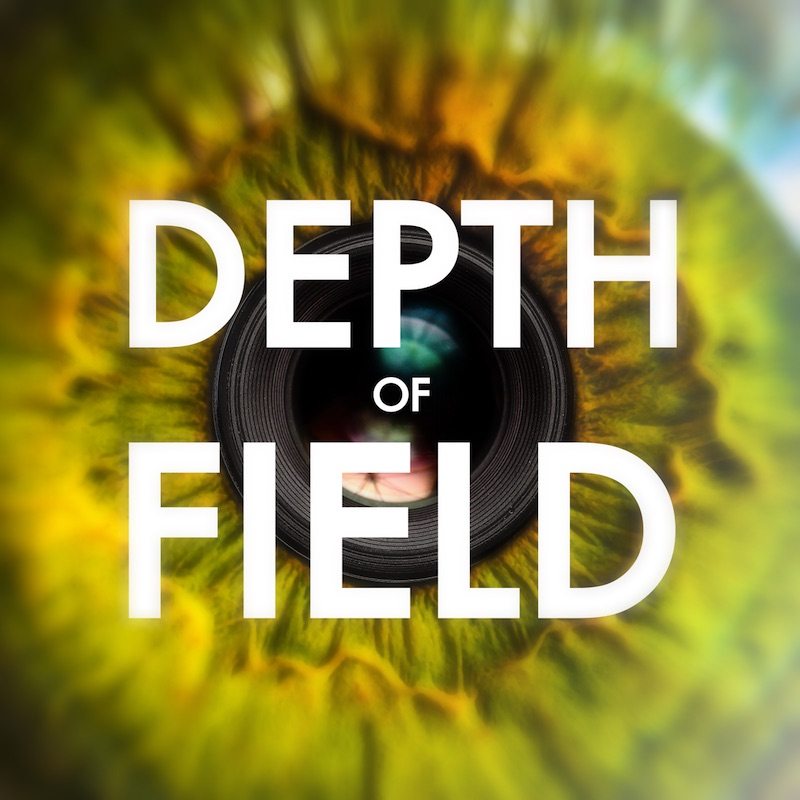


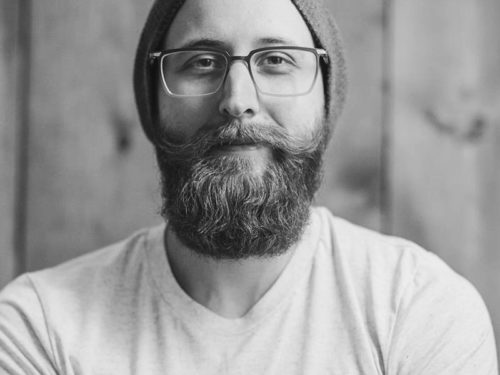
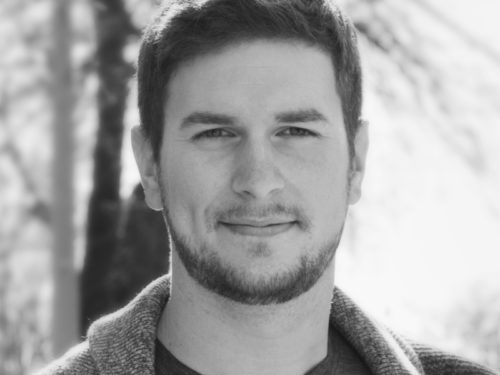
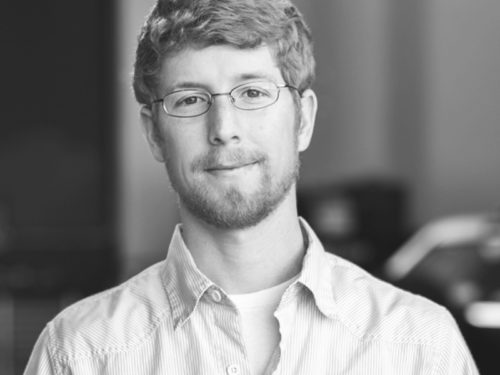
0 Comments